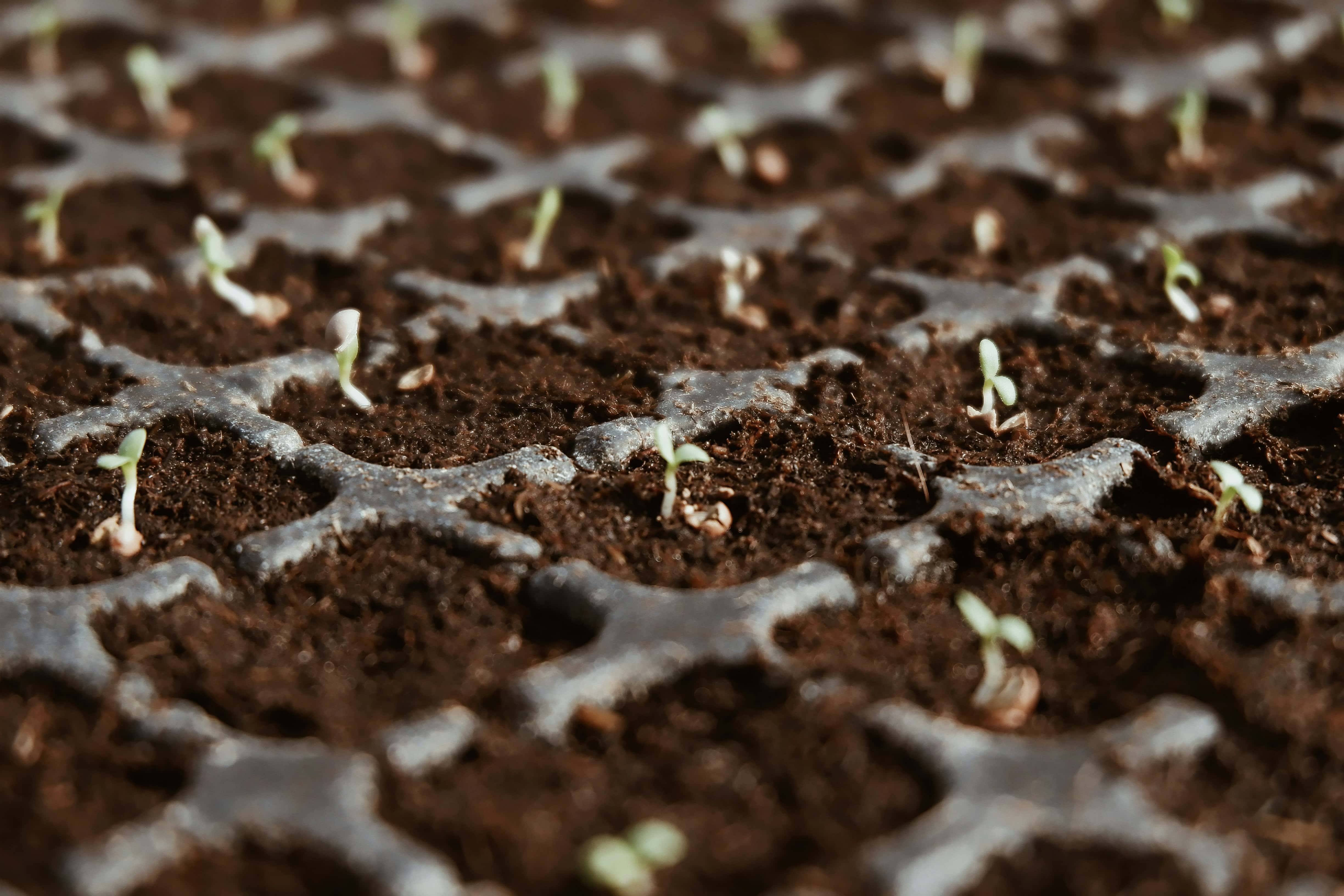Key Takeaways:
- The FAO estimates that one-third of global food production is lost or wasted annually, amounting to 1.3 billion tons with waste from postharvest chain of horticultural crops contributing as well.
- Food loss during production and postharvest stages contributes significantly to food insecurity and environmental degradation.
- On-farm losses are influenced by labor costs, market conditions, and environmental factors, while postharvest losses stem from inadequate storage, handling, and market dynamics.
- The integration of artificial intelligence (AI) and advanced technologies can help predict and reduce food loss and waste at various stages of the supply chain.
- Addressing food loss is crucial for mitigating climate change, ensuring food security, and promoting sustainable agricultural practices.
A 2024 study by Shoffe and Johnson highlights the growing concerns around global food loss and waste, estimating that approximately one-third of food produced for human consumption is wasted, as reported by the Food and Agriculture Organization (FAO). This inefficiency in food production, particularly during the postharvest chain, poses significant challenges in meeting global food demands, especially as the global population is projected to reach 11.2 billion by 2100. At the same time, increasing food production to feed the growing population will require addressing crop loss and waste to ensure resource efficiency and reduce environmental impacts.
On-Farm Crop Loss and Waste
Food loss begins at the farm level, where crops that reach maturity may not be harvested due to various economic and environmental factors. For example, Schweitzer Orchards in Michigan left 10–15% of their apple crop unharvested due to labor cost increases and market conditions. The USDA introduced purchase programs to alleviate this issue, but many apples were still lost due to the timing of market interventions. Such losses highlight the complex decision-making process faced by growers, which is often influenced by fluctuating prices, labor shortages, and adverse weather conditions.
Postharvest Chain and Losses
The postharvest stage is another critical point where food loss and waste occur. Shoffe and Johnson's research emphasizes that postharvest losses vary by region and are particularly high in developing countries due to inadequate storage and handling infrastructure. In developed countries, waste at the retail and consumer levels is more prevalent. For example, in the US, 40% of food is never consumed, which wastes not only the food itself but also the resources used to produce it, including 21% of water and 19% of fertilizers.
Technological Interventions
The study underscores the importance of technological innovations in mitigating food loss and waste. Artificial intelligence (AI) and machine learning models have proven effective in predicting wholesale prices, helping farmers make better decisions about when to harvest and sell their crops. For example, deep learning models have been successful in forecasting the prices of perishable crops like avocados and strawberries. Such predictive tools can be invaluable for reducing on-farm losses and optimizing postharvest handling.
Postharvest Technologies and Strategies
Effective postharvest management strategies include the adoption of improved storage systems, such as controlled atmosphere storage (CA) and modified atmosphere packaging (MAP), to extend the shelf life of perishable crops. Additionally, edible coatings and other preservation technologies can reduce water loss and maintain the quality of fruits and vegetables during transportation and storage. The integration of AI and digital agriculture tools can further enhance postharvest efficiency, minimizing waste while ensuring optimal crop quality for consumers.
Consumer Behavior and Waste
Consumer behavior plays a significant role in food waste at the retail and household levels. Shoffe and Johnson note that 60% of global food waste occurs in households, driven by factors such as food spoilage, over-purchasing, and preferences for fresher items. Reducing waste at the consumer level requires education and awareness about food preservation, as well as innovative solutions like smart packaging and real-time tracking of food quality.
Read the complete study here.


